- +91 73558 86375
- Primemk091@gmail.com
- First Floor, Adjoining Petrol Pump , Defence colony ,Ambala cantt
- +91 73558 86375
- Primemk091@gmail.com
- First Floor, Adjoining Petrol Pump , Defence colony ,Ambala cantt
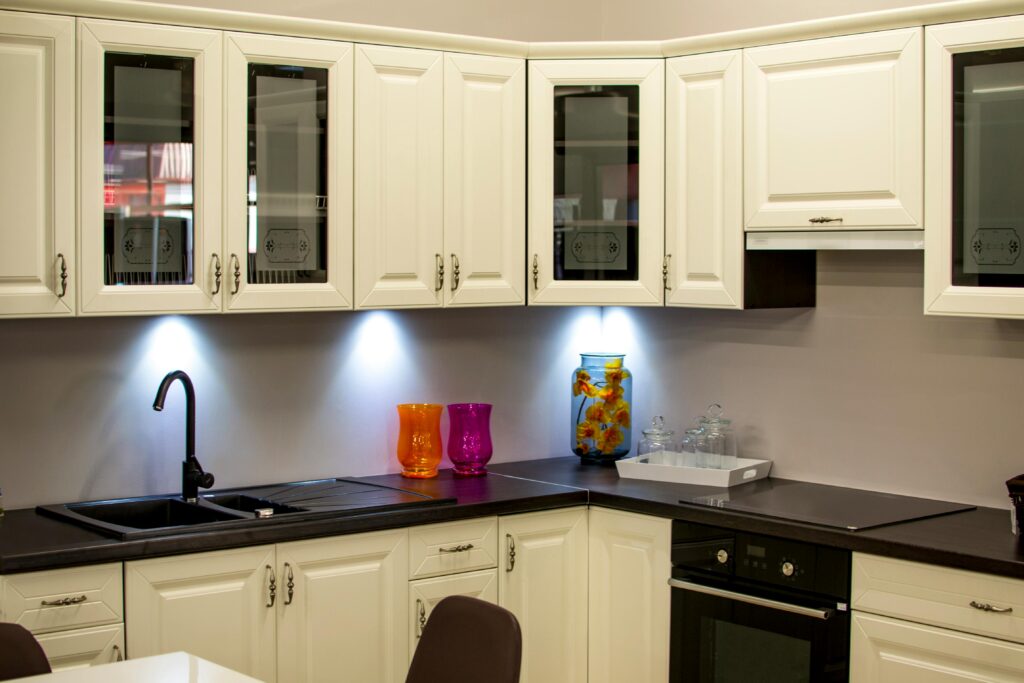
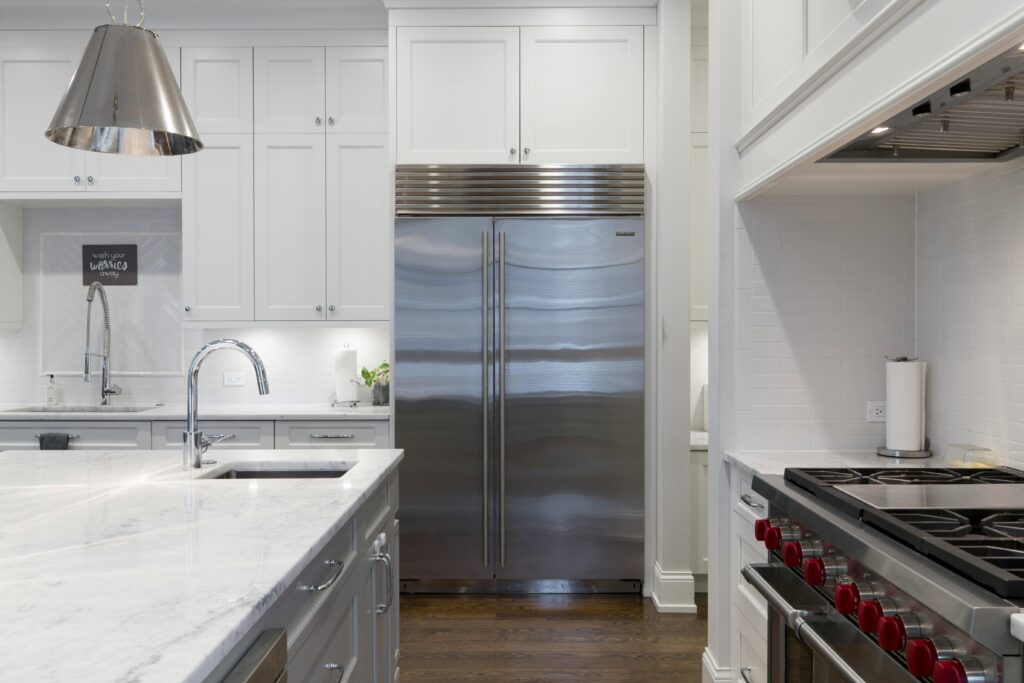
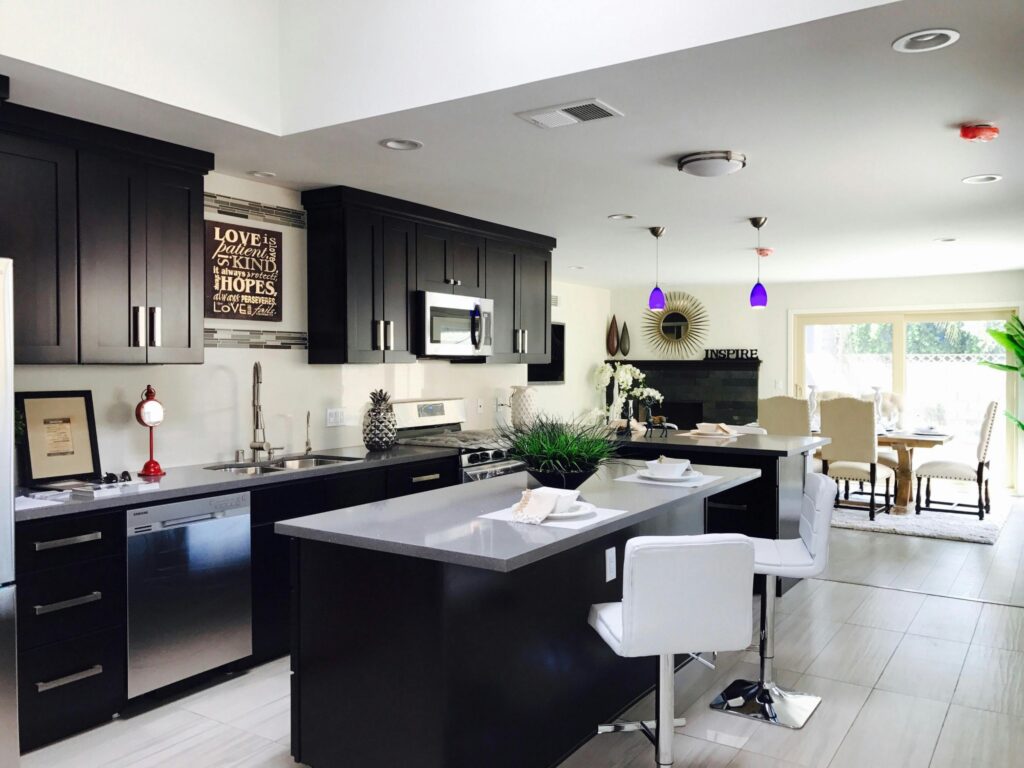
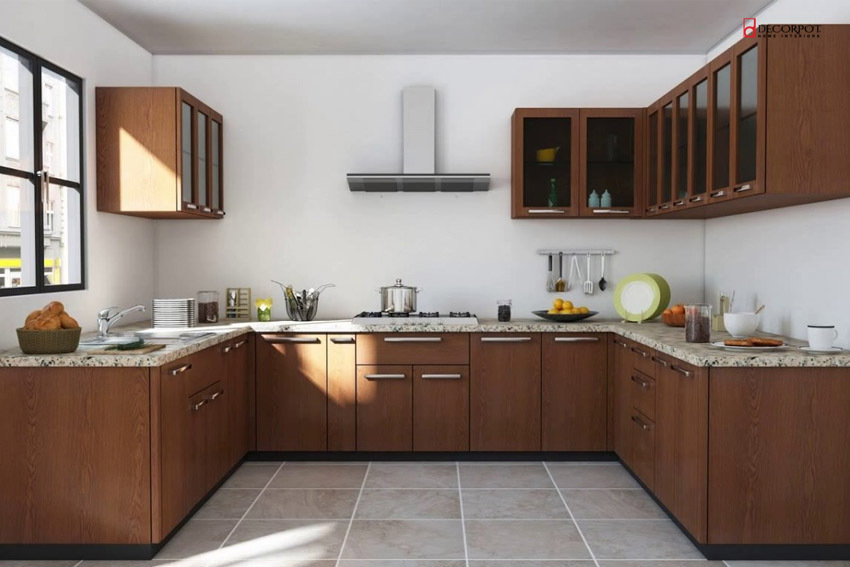

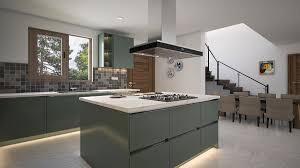
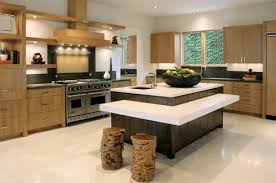
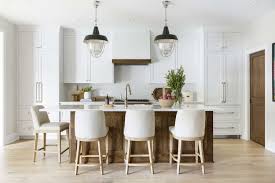
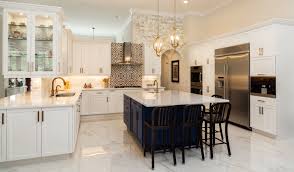
An island kitchen refers to a kitchen layout where a freestanding countertop or workspace is positioned in the center of the kitchen space, typically separate from the perimeter countertops and cabinetry. Island kitchens offer several advantages and considerations:
FEATURES
Central Island: The centerpiece of the kitchen, the island is a freestanding countertop or workspace positioned in the center of the room. It provides additional countertop space for food preparation, cooking, serving, and other activities.
Storage Options: Many island designs incorporate storage options such as cabinets, drawers, or shelves beneath the countertop. These provide convenient storage for cookware, utensils, small appliances, and pantry items.
Countertop Materials: The island countertop can be made from various materials such as granite, quartz, marble, butcher block, or stainless steel. Choose a material that suits your aesthetic preferences and practical needs.
Utility Fixtures: Some island kitchens include utility fixtures such as sinks, dishwashers, or under-counter refrigerators. These fixtures enhance functionality by providing convenient access to water, cleaning, and refrigeration within the island workspace.
Seating Options: Islands often feature seating options such as bar stools or counter-height chairs, allowing for casual dining, socializing, or additional workspace. The overhang of the countertop provides legroom for seated guests.
Cooking Appliances: Larger islands may incorporate cooking appliances such as cooktops, ranges, or built-in ovens. These appliances allow for efficient meal preparation and cooking while providing a focal point for the kitchen.
Advantages
Additional Workspace: The primary advantage of an island kitchen is the extra countertop space it provides. This additional workspace can be used for food preparation, cooking, serving, and even casual dining.
Enhanced Storage: Many island designs incorporate storage options such as cabinets, drawers, or shelves beneath the countertop, increasing the kitchen’s overall storage capacity. This is particularly beneficial for storing cookware, utensils, and small appliances.
Versatile Functionality: Island kitchens can serve multiple functions beyond food preparation. They can be used as a casual dining area, a space for socializing while cooking, or even as a workstation for tasks like paying bills or doing homework.
Improved Traffic Flow: In larger kitchens, an island can help improve traffic flow by providing a central pathway around the kitchen perimeter. This can enhance accessibility and convenience, especially in open-plan layouts.
Architectural Interest: Islands can add visual interest and architectural appeal to the kitchen. They serve as a focal point and can be customized with various materials, finishes, and design elements to complement the overall style of the space.
Considerations
Space Requirements: Island kitchens require sufficient space to accommodate the island without overcrowding the kitchen or obstructing traffic flow. Consider the available floor space and ensure there is enough clearance around the island for comfortable movement.
Functional Layout: Carefully plan the layout of the island to optimize functionality and workflow. Position key elements such as the sink, stove, and refrigerator in relation to the island to create an efficient work triangle.
Ventilation: If the island incorporates cooking appliances such as a cooktop or range hood, ensure proper ventilation to remove cooking odors, smoke, and excess heat. This may require installing a vent hood or ventilation system.
Utility Connections: If the island includes utilities such as a sink or dishwasher, ensure there is access to plumbing and electrical connections. Plan the placement of these fixtures accordingly to avoid costly modifications later on.
Structural Support: Depending on the size and weight of the island, it may require additional structural support to bear the load. Consult with a professional contractor or structural engineer to ensure proper support is in place, especially for larger or heavier islands.
Aesthetic Harmony: Choose an island design that complements the overall aesthetic of the kitchen and the surrounding space. Consider factors such as materials, finishes, and design details to achieve a cohesive and visually appealing look.
